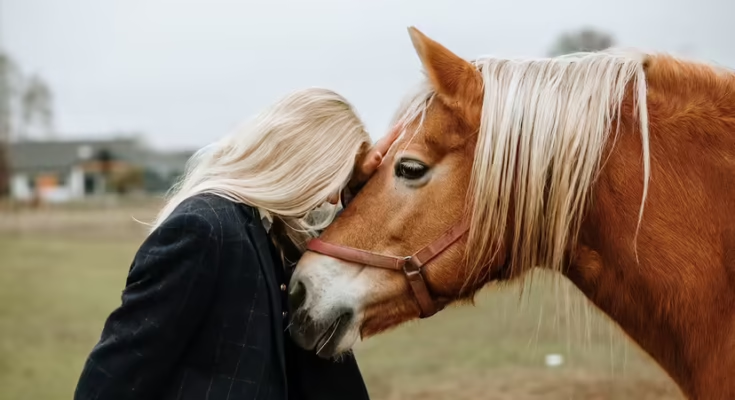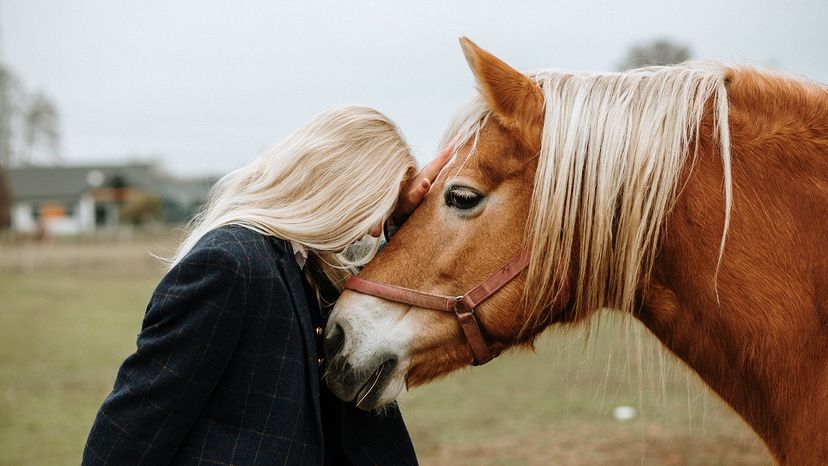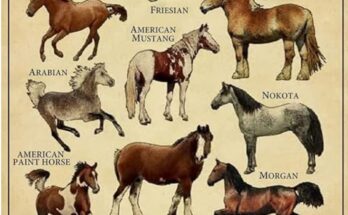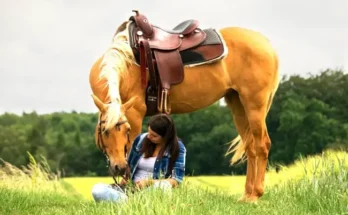6 Types of Horses for Riding, Racing and Farm Work
With over 300 horse breeds in the world, the horse world is mighty diverse. From miniature horses to heavy draft breeds, the types of horses can be grouped by size, temperament and purpose.
Whether you’re into racing, riding or hauling heavy loads, there’s a breed tailored for the task.
Contents
- Light Horse Breeds
- Draft Horse Breeds
- Pony Breeds
- Gaited Horses
- Wild and Feral Horses
- Miniature Horses
- Understanding Horse Types by ‘Blood’
1. Light Horse Breeds
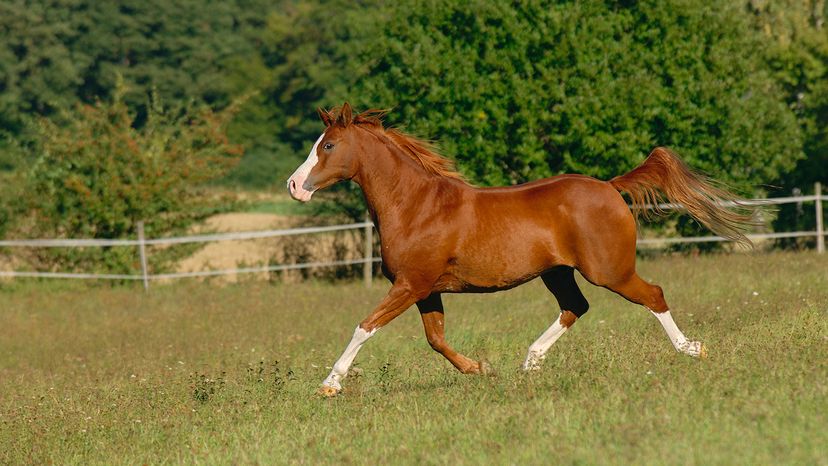
These horses are built for speed, agility and endurance. Typically used for riding, racing and equestrian sports, light horse breeds include:
- Arabians: Known for their endurance and distinctive equine eye, Arabians are one of the oldest breeds, originally developed in the Middle East.
- American Quarter Horse: The most popular horse breed in the U.S., prized for its speed in short-distance races and calm temperament.
- Thoroughbreds: Best known for racing, these hot blooded horses are tall, lean and fast.
Light horses usually stand over 14.2 hands high and are ideal for pleasure riding, competition and general use.
2. Draft Horse Breeds
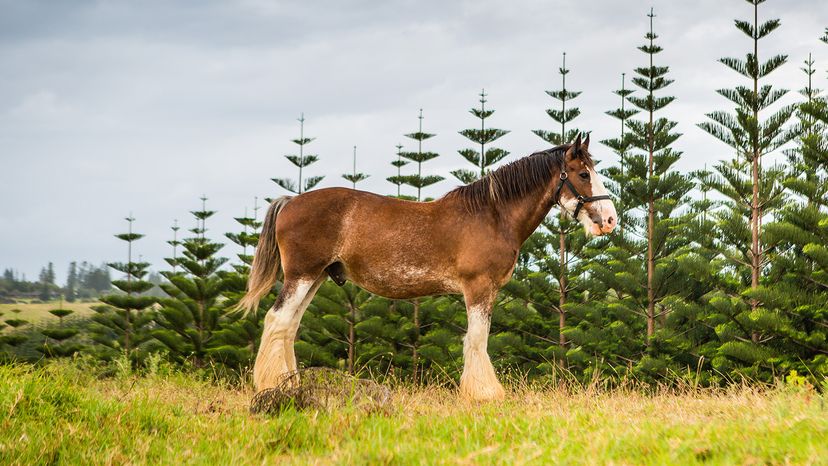
Also called heavy horses or gentle giants, draft horses are known for their strength and calm demeanor. They’re used for pulling heavy loads and in agricultural work.
- Clydesdale: Recognizable for its feathered legs and large frame
- Percheron: A French breed known for being both strong and stylish
- Belgian: Among the heaviest of draft horses, often used in forestry and farming
Draft horses are fully grown at around 16 to 19 hands and are often used in parades and historical reenactments.
3. Pony Breeds
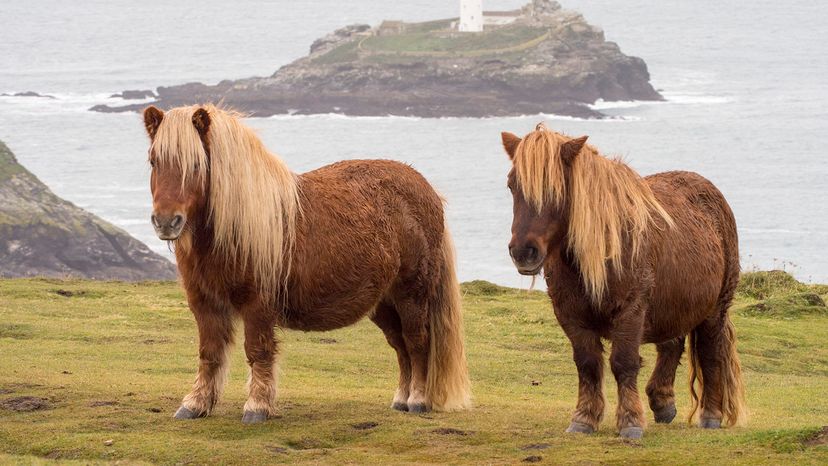
Ponies are small horses, generally under 14.2 hands when fully grown. Despite their size, many pony breeds are strong and spirited.
- Shetland Pony: Small, sturdy and often used for children’s riding or driving carts
- Welsh Pony: Known for its versatility and pleasant demeanor
Ponies are often used for light work and as riding horses for youth. They can also be selectively bred for specific traits.
4. Gaited Horses
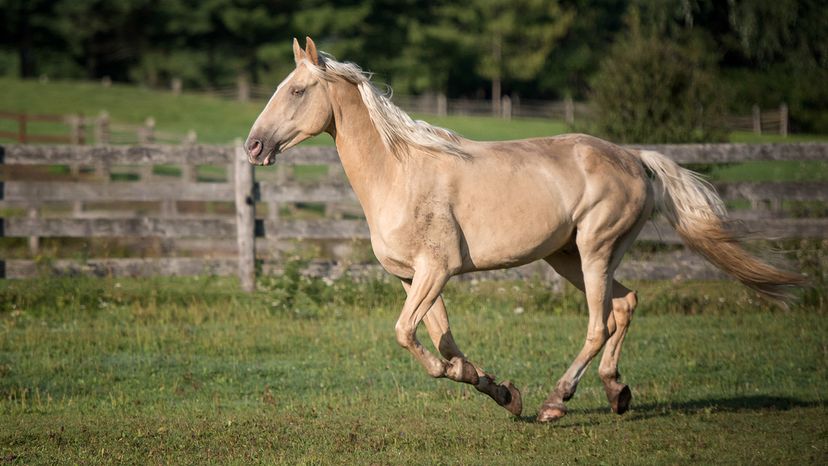
These horses have a natural ability to perform smooth gaits beyond the standard walk, trot and canter.
- Tennessee Walking Horse: Offers a smooth ride and is often used in trail riding
- Paso Fino: Known for its quick, four-beat lateral gait that feels like a glide
Gaited horses are favored for their smooth rides, making them ideal for long-distance travel and older riders.
5. Wild and Feral Horses
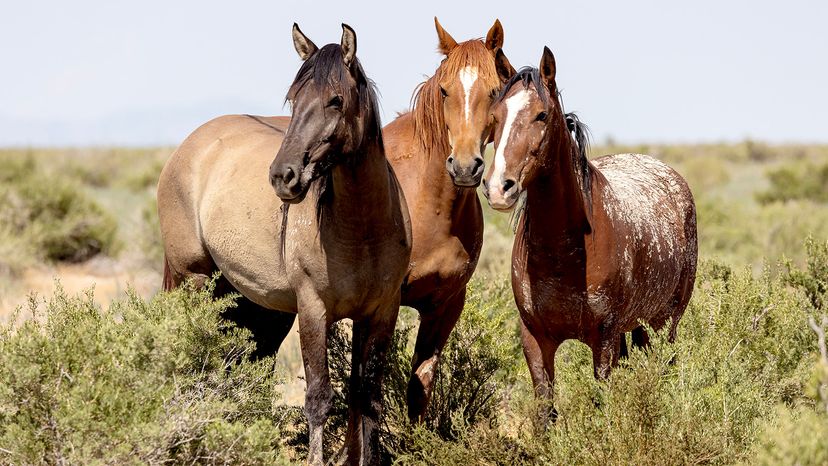
While technically domesticated horses gone feral, these breeds live freely in the wild.
- Mustangs: Believed to descend from horses brought by Spanish explorers, found mostly in the American West
Archaeological evidence indicates that modern horses were first domesticated in Central Asia and later spread worldwide. Wild horses have adapted to various climates and terrains.
6. Miniature Horses
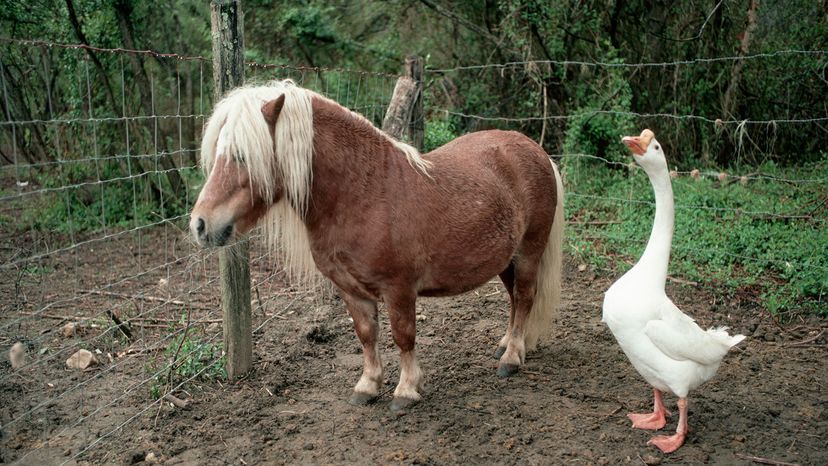
Miniature horses are bred to resemble full-sized horses on a much smaller scale. They stand less than 34 inches (86 cm) at the withers and are used as companion animals and even guide animals in some cases.
Despite their small stature, these horses are intelligent and trainable, often participating in shows and therapy programs.
Understanding Horse Types by ‘Blood’
- Hot-blooded: Fast, spirited horses like Arabians and Thoroughbreds
- Cold-blooded: Calm, heavy horses like draft breeds
- Warmbloods: A cross between hot and cold blooded types, often used in competition
These categories are used to describe a horse’s temperament and physical characteristics.
We created this article in conjunction with AI technology, then made sure it was fact-checked and edited by a HowStuffWorks editor.
